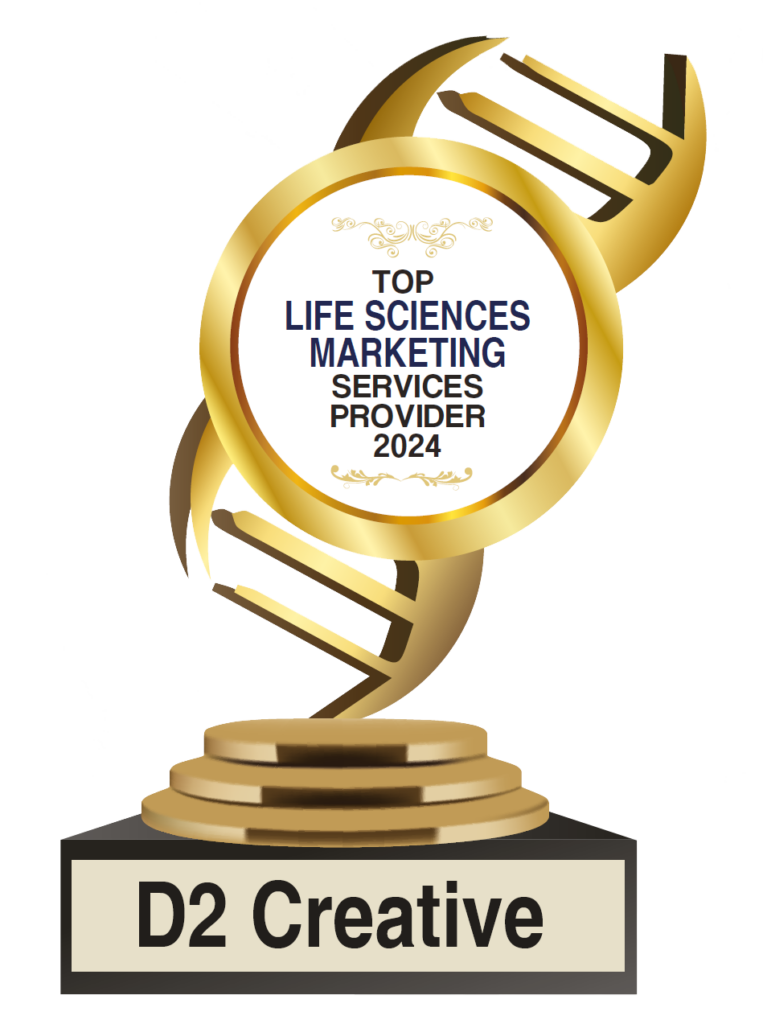Learn More About Our Traffic & Audience Growth Solutions
What is a Landing Page?
- The content or offer must match whatever the customer clicked on to get there.
- It’s recommended that no navigation ties your landing page to your main site. (Why not? Read on…)
Why use a Landing Page?
Focused digital marketing creates awareness of your products and solutions, and helps to draw customers along the path toward a sale. Landing pages are an integral component in this strategy.
A good landing page will increase your conversion rates. Keep in mind, when someone clicks through, they’re only halfway to a true “conversion.” Your conversion rate is the percentage of users who took the next action. That’s why your landing page needs to focus 100% on giving just the right amount of information to keep drawing the user forward to that next action, or to weed them out if they’re not interested. If you make your page focused and relevant, then when you measure conversions, you’re measuring something real.

Five Important Landing Page Elements
- Value Proposition (Why should I click?)
- Call to Action (Where do I click, and what’ll happen When I do?)
- Supporting Info (More reasons to click)
- Sign Up Form (To generate leads, if applicable)
- Social Proof (I wanna be like them!)
Landing Page Dos and Don’ts
- The goal of a landing page may be to get the user to click through to another page or to directly capture user data (like email addresses). Whichever you choose, the call to action (CTA) should be front and center, and every element of your page should be aligned conceptually with the topic and goal of the page.
- The primary headline of your landing page should match ad/CTA users clicked to get there.
- Keep it simple. Include enough information to get the user to take the desired action, but keep it simple and focused.
- Think backward from what you want the customer to do. If it’s “view a webinar.” think about the customer’s process for coming to a decision to view the webinar. They probably don’t have time right now, but if it’s interesting enough, they’ll do it later. If your banner ad gives the brief reason to view, the landing page should provide substantiating information, with a CTA to schedule a viewing time (requesting an email, of course) – now you have a very qualified lead!
- Don’t link to your website. Avoid the temptation to put a link to your home page, or repeat your site’s global navigation. Don’t give the user an opportunity to vary from the path you want them to take.
- Make sure your landing page is mobile-friendly, since increasingly that’s how customers access web content. If they have to wait ’til they get back to their desk to click, you’ve lost them.
- Test your landing pages. Not sure if your landing page is effective? Do an A/B test. Products like Unbounce make it easy to create A/B landing pages and see the results.
Contact Us to discuss your digital marketing program.


